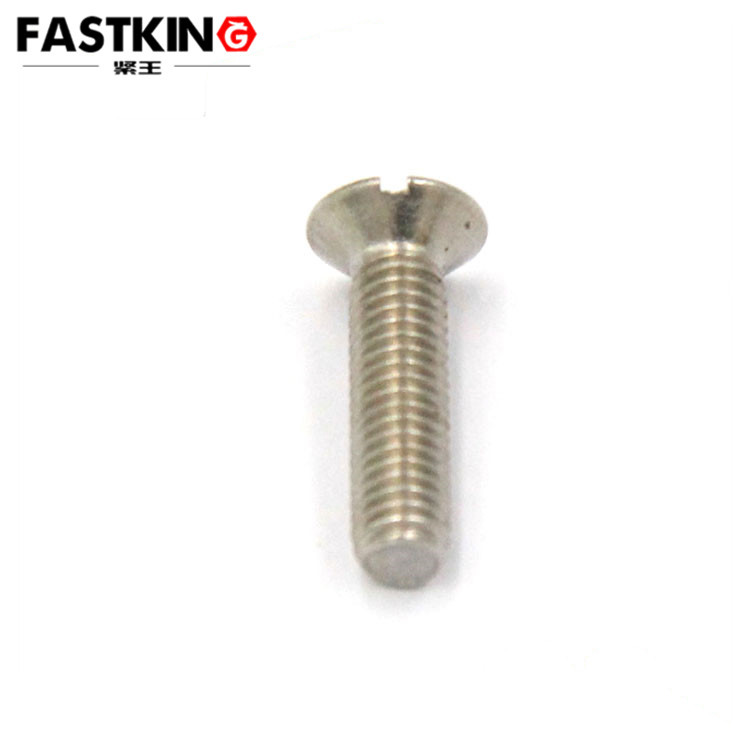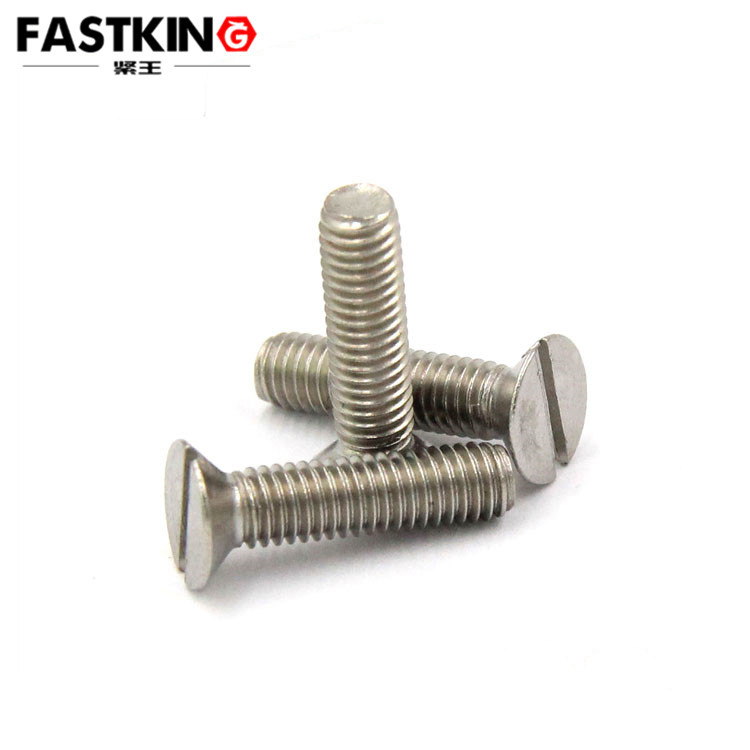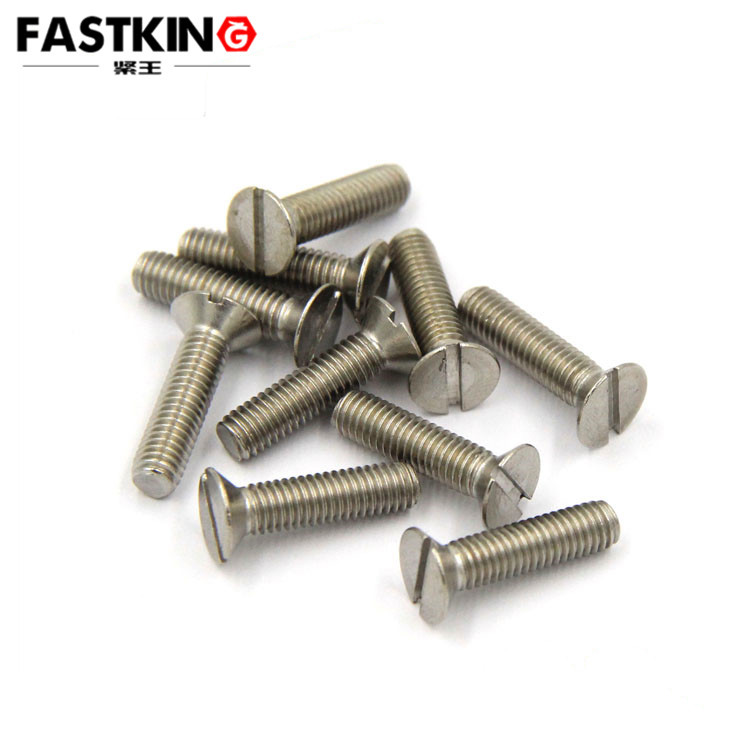Countersunk Slotted Machine Screws: A Reliable Choice for Precision Assembly
Countersunk slotted machine screws have long been a staple in precision mechanical manufacturing and electronics assembly, thanks to their unique structural design and reliable fastening capabilities. With a 120-degree countersunk head and a slotted drive, these screws offer a flush installation surface and convenient disassembly, making them an ideal choice for precision assembly applications.

I. Structural Features of Countersunk Slotted Machine Screws
Countersunk slotted machine screws are typically manufactured from high-quality carbon steel or stainless steel, undergoing heat treatment and surface finishing processes to ensure superior mechanical properties and corrosion resistance. The key structural elements include:
1. 120-Degree Countersunk Head: This design ensures that the screw head sits flush with the workpiece surface after installation, providing a smooth and aesthetically pleasing finish.
2. Slotted Drive: The slotted head allows for easy engagement with standard screwdrivers, facilitating both installation and removal.
3. Precision Threads: These screws feature precision-engineered threads that offer reliable clamping strength and secure connections. The design not only meets aesthetic requirements but also ensures robust and reliable assembly.

II. Main Application Scenarios
In the field of precision instrument manufacturing, countersunk slotted machine screws are widely used in the assembly of high-precision devices such as optical instruments and measuring equipment. The flush head design does not interfere with the accuracy of measurements, while the reliable fastening ensures long-term stability of the equipment. In electronics manufacturing, these screws are commonly used for PCB fixation and enclosure assembly, with their compact design making them particularly suitable for space-constrained installation environments. In the furniture industry, countersunk slotted machine screws are employed for the connection and fixation of high-end furniture, where the flush head installation does not compromise the aesthetic appeal of the furniture.
III. Correct Usage Methods

When using countersunk slotted machine screws, it is essential to ensure that the installation holes in the workpieces have the corresponding countersunk angles. During installation, select a screwdriver of the appropriate size to ensure full engagement with the screw head, preventing slippage that could damage the slot. When tightening, control the torque appropriately to avoid thread damage or deformation of the workpiece. For applications that require frequent disassembly, it is recommended to use anti-loosening washers or thread-locking compounds to ensure connection reliability.
IV. Conclusion
The application of countersunk slotted machine screws exemplifies the precision manufacturing industry's pursuit of detail. Their reliability and convenience make them the go-to fasteners for precision assembly. As manufacturing technology continues to advance, these classic fasteners are poised to play a more significant role in high-end manufacturing sectors, providing robust support for the development of precision manufacturing.
